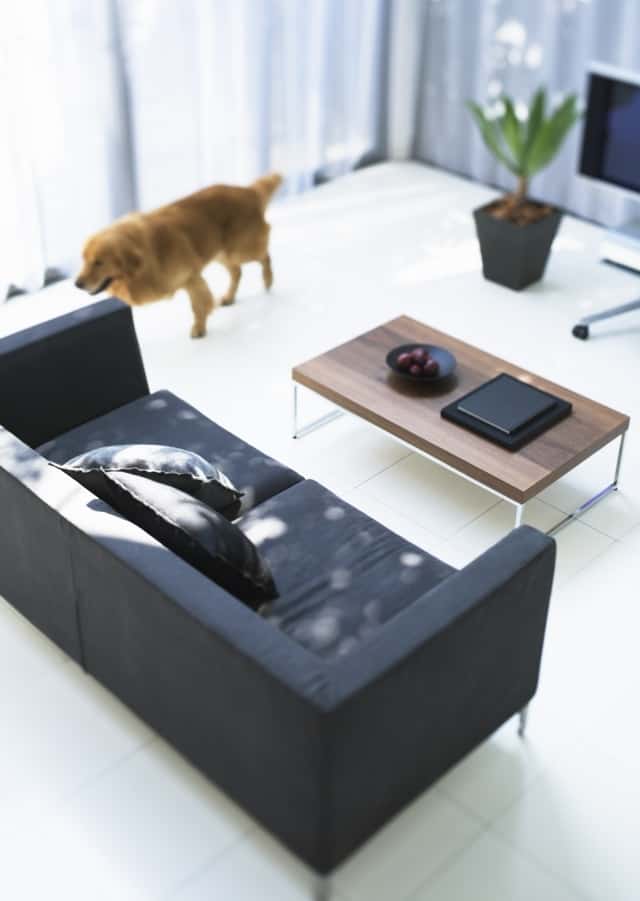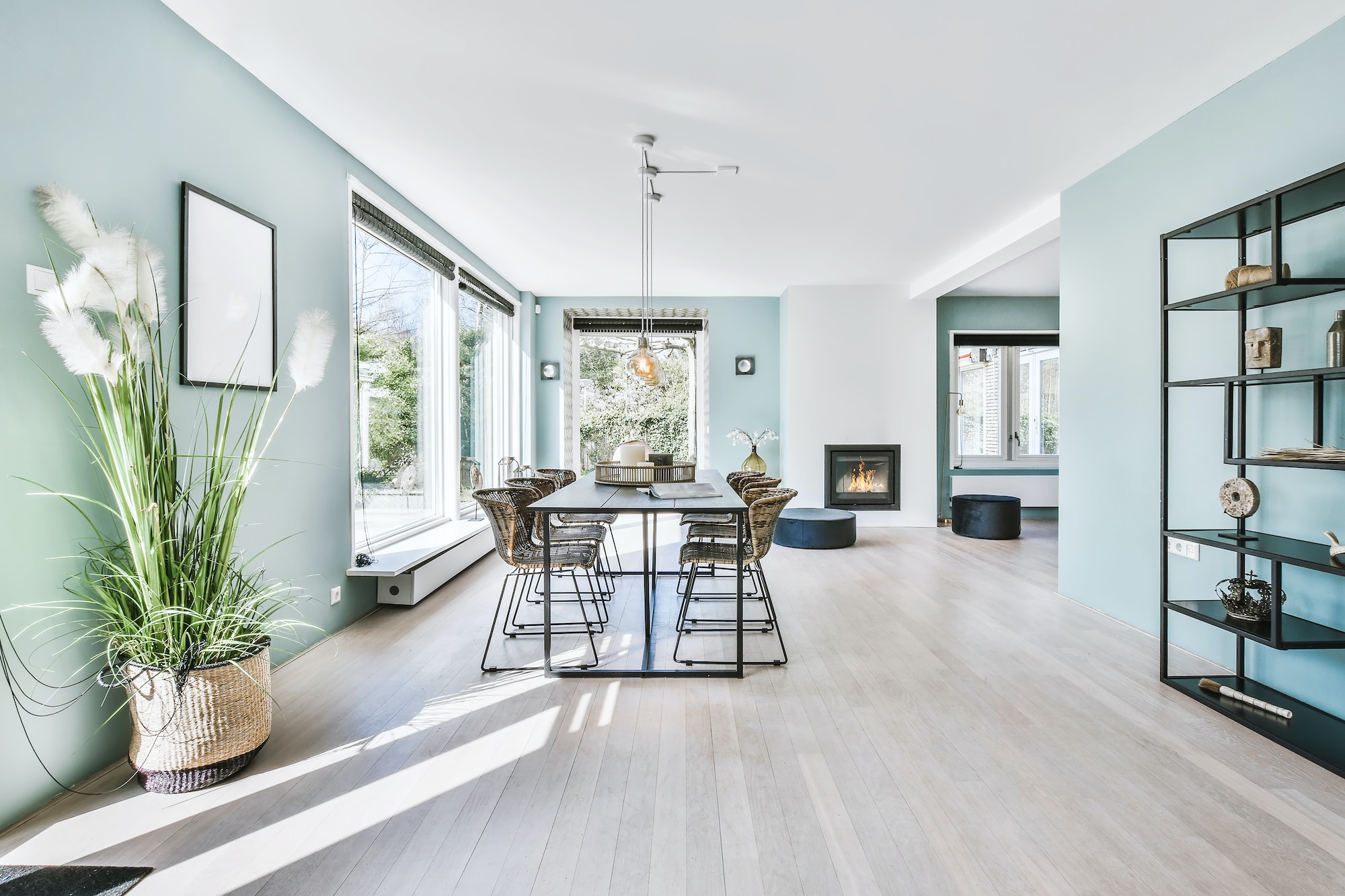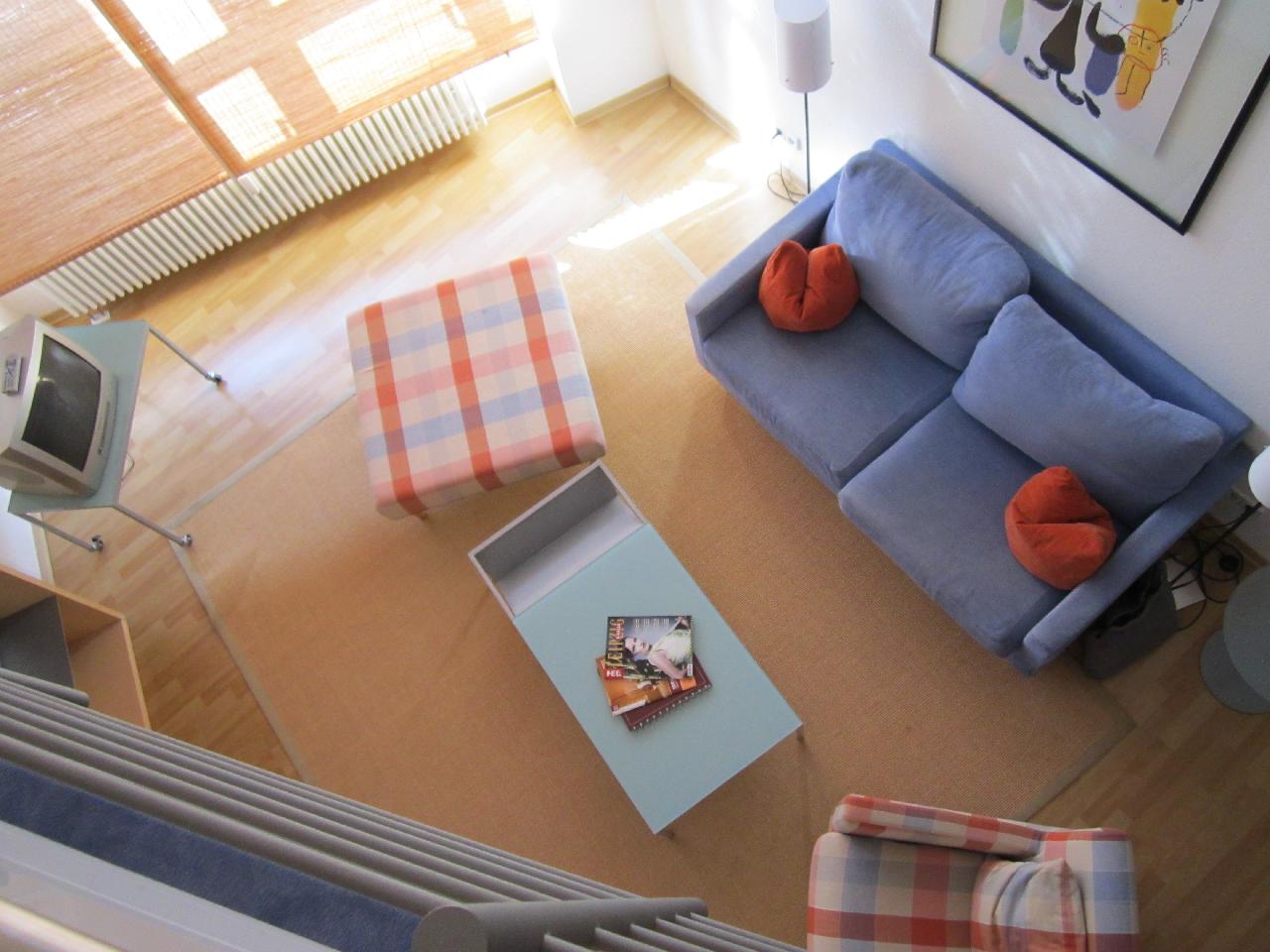The room you select as the main headquarters of your home theater plays a huge role in the overall quality of the experience. For instance, specialists recommend a rectangular room, with few windows and doors, and wall space for big sound elements (such as the subwoofer).
This is important because of the way sound waves travel in a room, bouncing off of things (absorbers and diffusers). For instance, here are some of the important room features that can affect the sound quality in a room:
- Room size
- Open vs closed space
- Lots of windows and doors, or a high ceiling
- Hard flooring (wood or laminate)
Most of these features influence the power of the audio system. This means that, if you have a big room or a room that’s included in an open-floor space, you will need a more powerful sound system for the best experience. The same goes for a room with large windows or lots of doors – these represent points from where the sound can escape.
In addition, if your room has more than the traditional six walls, the sound reflection will feel more accurately, as the waves will have more flat surfaces from which to bounce. Still, the problem of flat walls, tall ceilings, and hard floors can be easily fixed with things such as:
- absorbent panels or furniture (the seating area in a home theater is perfect for this)
- fake acoustic ceiling (to lower the ceiling and reduce bouncing)
- fluffy area rugs (to absorb some of the sound waves)
However, once these issues are fixed, you still have to find the perfect audio system for your room. After all, you don’t want a bland, muffled sound quality for your movies, right?
Choosing the Right Audio System
Luckily, modern audio technology for regular home theater systems is quite affordable for regular folks. However, this also means it can be difficult to choose a system that fits your needs (the “too many options” problem).
Wired vs. Wireless
According to TheaterSeatStore, wireless home theater speakers are the best choice when it comes to home entertainment. These devices are easier to place in the room and can accommodate a wide range of scenarios without you having to drill the walls.
However, some users may consider wireless speakers less powerful and with lower performance than wired designs. While this may have been true a while back, modern wireless systems use the latest BT and IR technology to deliver the best audio quality (equal to wired designs).
Positioning
A wireless audio system is easier to integrate into any room since there aren’t that many cables to account for.
Since there will be at least one woofer, one subwoofer, and several satellites (for proper separation), it’s crucial to place them according to the room’s audio sweet spot (which needs to be in the center of the sitting area).
Power
This feature is highly dependent on the size and layout of your home theater room. For instance, a spacious room or one included in an open design needs a more powerful system.
On the other hand, a smaller room can make do with a stronger soundbar and several satellites.
In Conclusion
Besides the size of the room, the sound quality of your home theater system is also influenced by the elements present inside. Anything from acoustic panels to chairs can influence the way the sound is perceived by the human ear.
As such, when you’re building the perfect entertainment room, make sure to consider all the factors that matter.
Discover more from Futurist Architecture
Subscribe to get the latest posts sent to your email.




